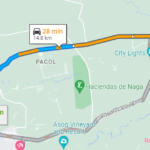Are you interested in going on a city pilgrimage tour in Naga while staying at The Litton Hotel? Let this be your guide in fixing your itinerary and exploring the historical and cultural side of what makes Naga Cit a Pilgrim City and a City of Good Governance.
Here are some of the local churches, structures, monuments, and museums nearby The Litton Hotel that you can visit:
- Basilica Minore
Location: Balatas Road, Naga City
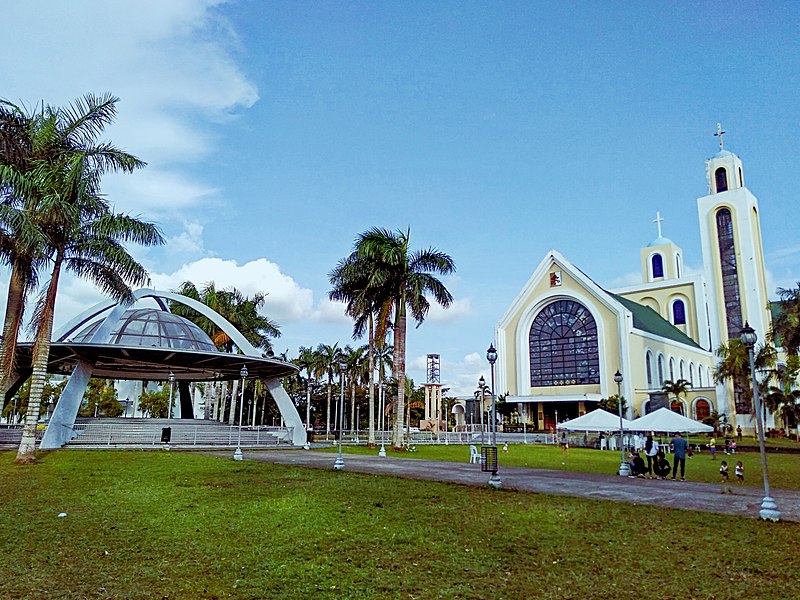
Basilica Minore also known as the Basilica of Our Lady of Penafrancia is the only Basilica in the Bicol Region and the Roman Catholic Archdioceses of Caceres. It currently houses the image of Our Lady of Penafrancia which was sculpted in 1710. Many pilgrims and devotees would visit the Basilica Minore for prayers and petition to Our Lady of Penafrancia. Also, did you know that the stained glass windows of the Basilica telling the story of the rich Marian devotion to Our Lady of Penafrancia were made by the renowned painter and artist Pancho Piano? Basilica Minore is indeed a must-visit site.
- Our Lady of Penafrancia Shrine
Location: Penafrancia Avenue, Naga City
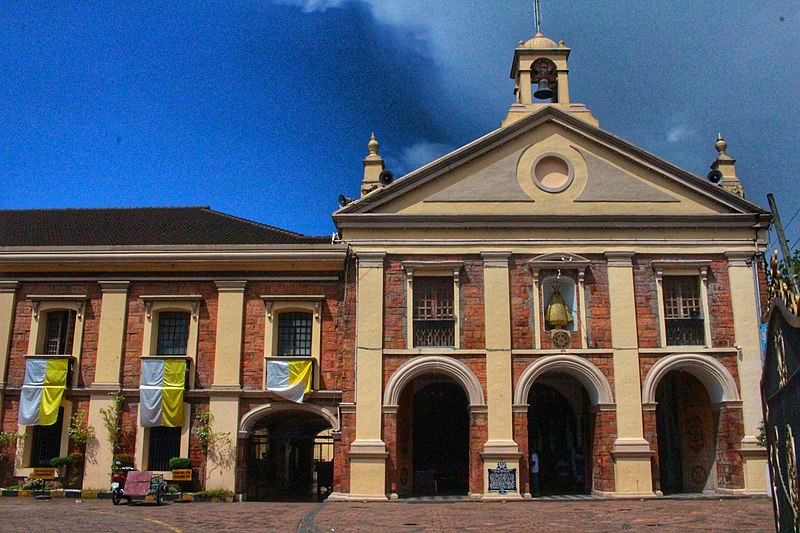
The Penafrancia Shrine was the original home of the image of our Lady of Penafrancia before Basilica Minore was constructed and is one of East Asia’s greatest sites of Christian Pilgrimage. The Penafrancia Shrine is one of the most historic sites for the devotees of Our Lady of Penafrancia. It was built in 1711 by Miguel Robles de Covarrubias. This is where the Traslacion procession starts which mark the beginning of the Penafrancia Festival.
- Our Lady of Penafrancia Museum
Location: Penafrancia Avenue, Naga City, Camarines Sur

If you want to know more about the rich Marian devotion of Bicolanos to Our Lady of Penafrancia, you may visit the Our Lady of Penafrancia Museum which actually houses Ina’s mantos, crowns, aureolas used through the years in celebration of the feast of Our Lady of Penafrancia. Moreover, it exhibited dioramas telling the history of the Marian devotion to Ina. The museum is located near the Naga River, where the boat used during the fluvial procession that carries the image of Our Lady of Penafrancia and Divino Rostro was being kept.
- Museo Histórico de la Universidad de Sta. Isabel
Location: Universidad de Sta. Isabel, Elias Angeles, cor Santonja St., Naga
City, Camarines Sur
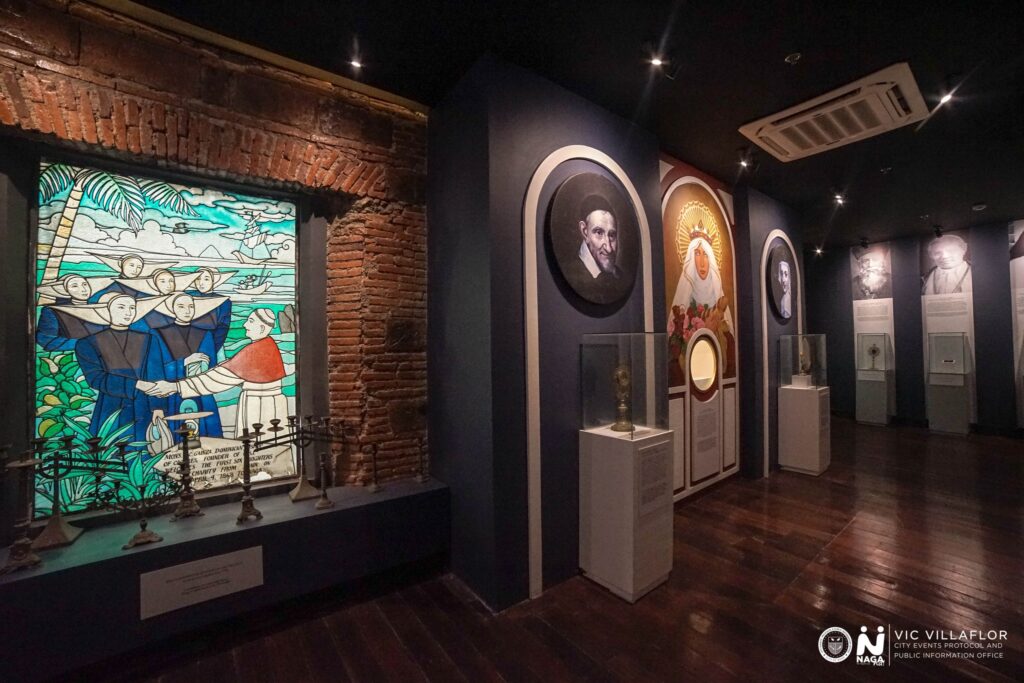
The Museo Historico de la Universidad de Sta. Isabel is located inside Universidad de Sta. Isabel (USI). USI is the first Normal University for girls in the Philippines and Far East. The USI Museum is a historical museum exhibiting the stories about the beginnings of the USI, the spread of Catholicism in Nueva Caceres, and the times of war until the present. It has seven galleries that feature the significant eras of USI through the years.
- Naga Metropolitan Cathedral
Location: Jacob St. Naga City
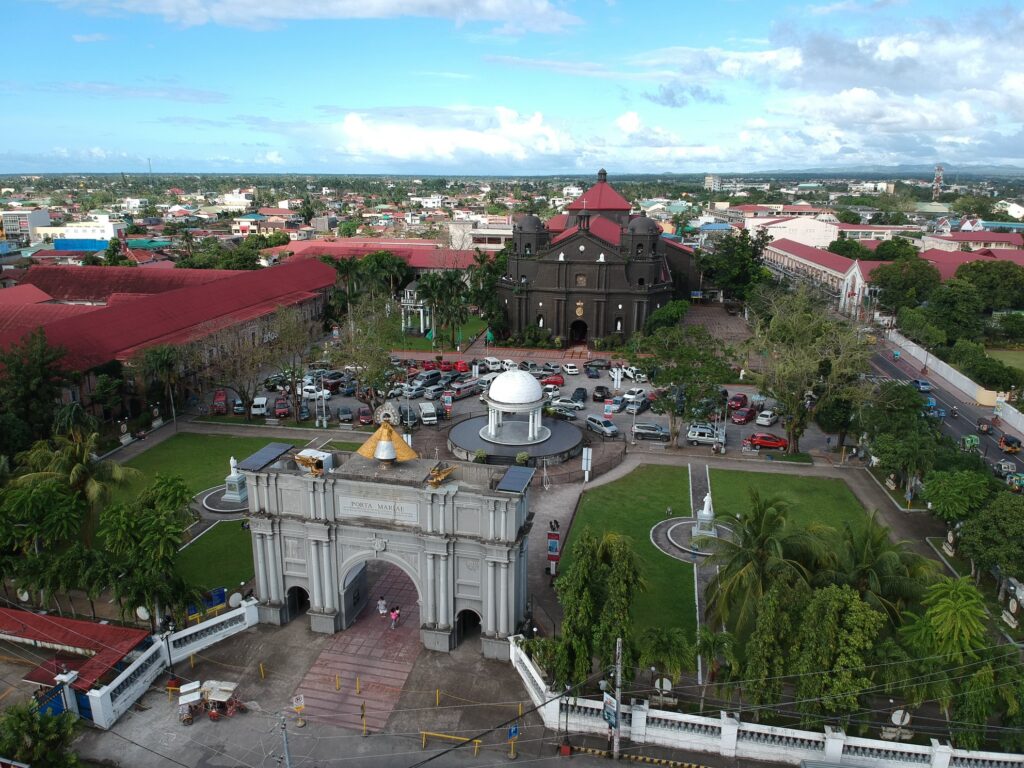
The Naga Metropolitan Cathedral, also known as the Metropolitan Cathedral of Saint John The Evangelist, was the first church established after the creation of the Archdiocese of Caceres in 1595 and is known as the largest church in Southern Luzon. It was built in 1808 and finished in 1843 using Spanish Royal Funds. It bears the Spanish Royal Seal on its door to indicate the contributions of royal funds to its establishment. The cathedral has gone through a lot of renovations and restorations. It was in 1768 when the church was destroyed in a fire and in 1887 when it was damaged by an earthquake. Currently, the church exhibited an exterior black coating to preserve its original edifice and structure.
The Naga Metropolitan Cathedral played a significant role in every Penafrancia Festival. This is where the image of Our Lady of Penafrancia (INA) was brought by the voyadores (male devotees) during Traslacion from the Our Lady of Penafrancia Shrine. It is where the Pontifical Mass was held and served as the home of Our Lady Penafrancia for the nine-day novena mass in honor of Our Lady of Penafrancia, Patroness of Bicolandia.
- Holy Rosary Minor Seminary
Location: Jacob St. Naga City, Camarines Sur

The Holy Rosary Minor Seminar is one of the remaining historic edifices in the city. Its old-bricked structure was preserved through the years. The Holy Rosary Minor Seminary has been the center of ecclesiastical study since 1785 and was declared a National Historic Landmark in 1988. It was once called Casa de clerigos and served as a vocational house. What makes this house even more interesting is that it housed an ecclesiastical and archeological museum ( known as Museo del Seminario Concillar de Nueva Caceres).
- Museo del Seminario Concillar de Nueva Caceres
Location: Holy Rosary Minor Seminary, Naga City, Camarines Sur
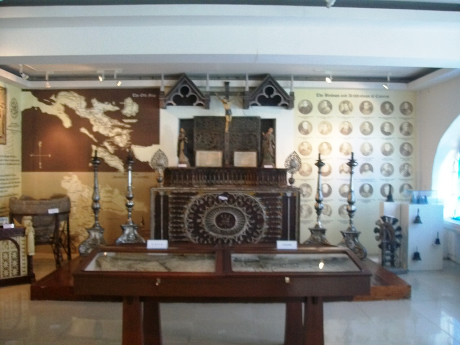
The Museo del Seminario Concillar de Nueva Caceres is located inside the Holy Rosary Minor Seminar. It is an ecclesiastical museum housing the images, paintings, relics, old bibles, and artifacts of the Archdiocese of Nueva Caceres. There is also another room housing the artifacts from the precolonial era in Bicol, which included burial jars recovered by archeologists.
- Porta Mariae
Location: Jacob St. Naga City, Camarines Sur
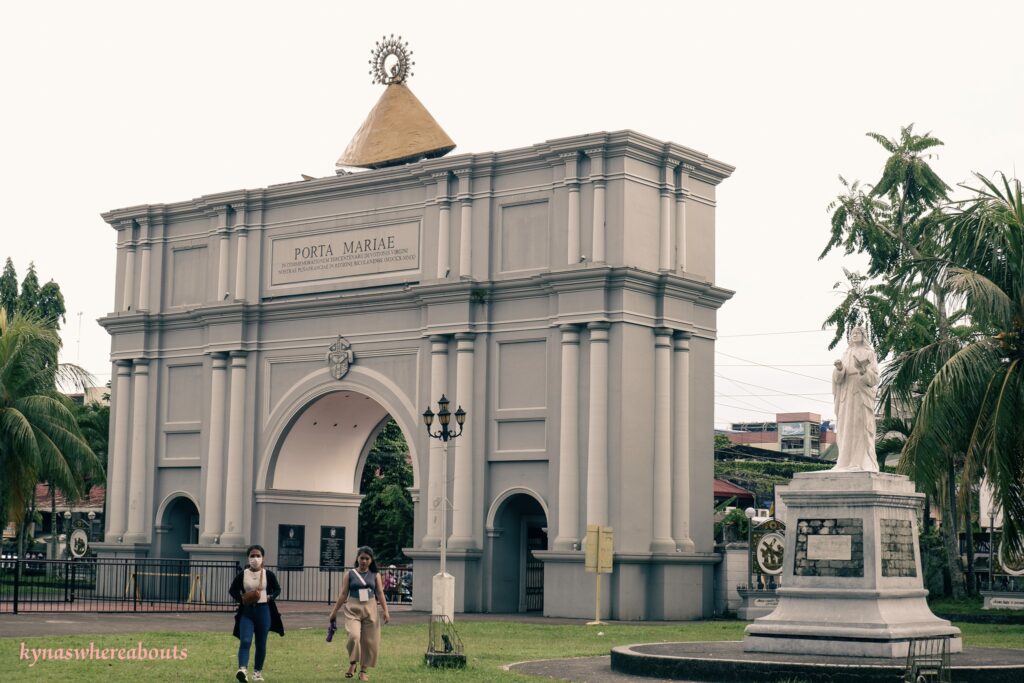
The Porta Mariae is located near the cathedral and was built to commemorate the 300 years of devotion to Our Lady of Penafrancia. It has the statue of Our Lady of Penafrancia that is heralded by two angels. The Porta Mariae is a very notable structure in Naga because it resembles the Arch de Triomphe in Paris, France.
- Biggs/ Que Pasa’s Secret Tunnel
Location: Barlin St. Naga City, Camarines Sur
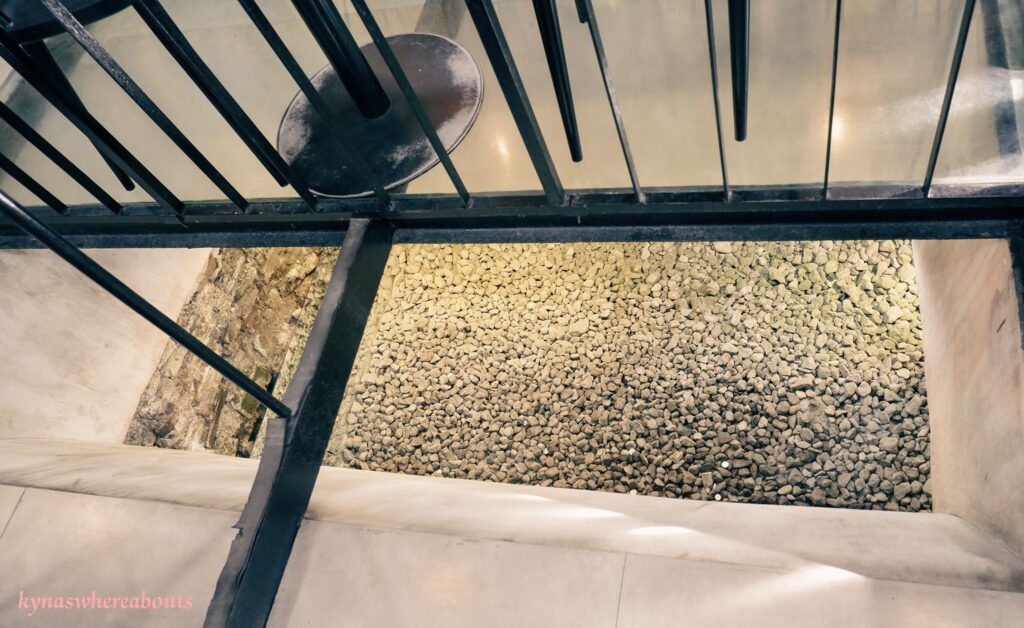
Que Pasa’s outer edifice is the only remaining evident remnant of history. The renovation of Que Pasa actually led to the rediscovery of the existence of secret tunnels that is believed to connect Naga Metropolitan Cathedral, USI, and Archbishop’s Palace which also serves as an escape route during times of war. Although the Archdiocese of Nueva Caceres did not allow them to dig deeper or to excavate further the remaining parts of the tunnel, a portion of the said tunnel was revealed to the public and can be viewed from the current Biggs Barlin and continued to arouse a lot of curiosity both for locals and tourists.
- Raul Rocco Residence
Location: Barlin St. Naga City, Camarines Sur
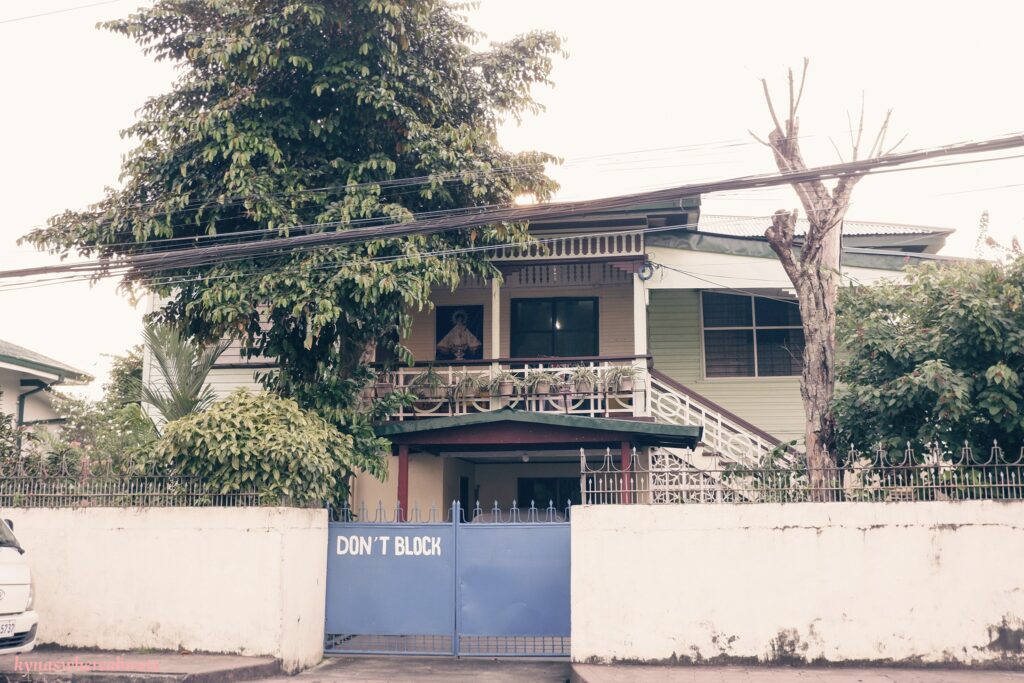
Raul Rocco’s Residence is one of the remaining ancestral homes in Naga City that can be found on Barlin Street. Although it is not open to the public, it is one of the old structures that was preserved and remained relevant until today because this is where Raul Rocco lived. Raul Rocco is one of the best political figures that Naga City has produced. He was the first to arouse the youth in political engagements when he became a district representative and senator. He was recognized as an “outstanding senator” for his contributions to education, reforming the national banking system, and writing bills protecting women and children. He lost to Gloria Macapagal Arroyo when he ran for the presidency in 2004. All of his memorabilia are exhibited at the Raul Rocco Library near Naga City Hall.
- Jorge Barlin Monument
Location: Barlin St. Naga City, Camarines Sur
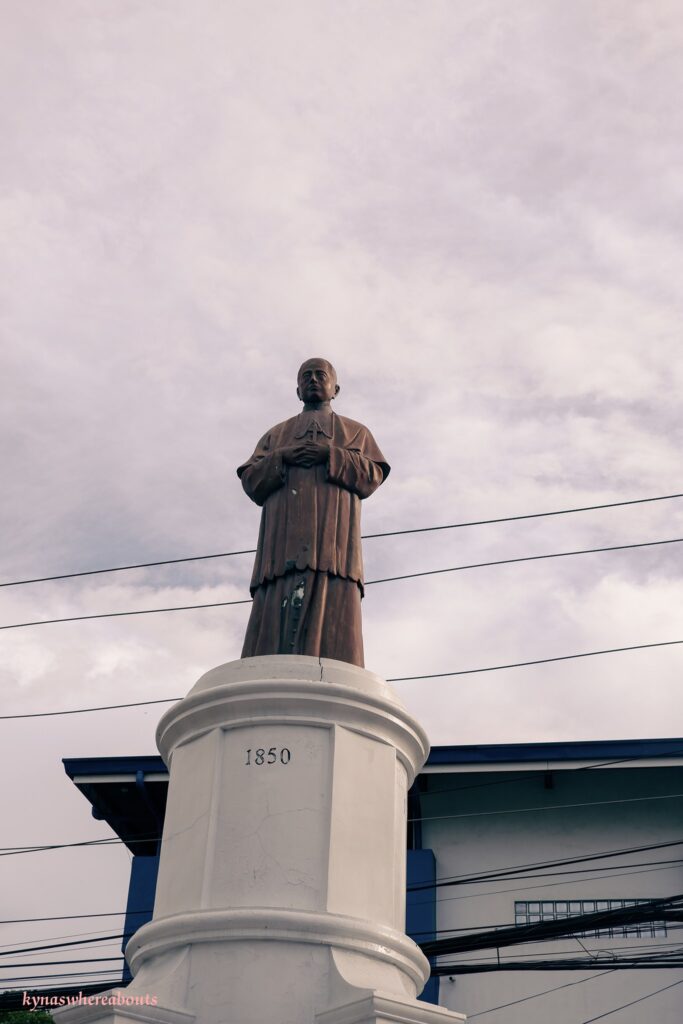
The Jorge Barlin monument was built in honor of Bishop Jorge Barlin from Baao, Camarines Sur who was known to be the first Filipino to be consecrated as a bishop in three hundred years of Catholicism in the Philippines under Spain. He was also the first clergyman to serve as civil governor in the province of Sorsogon, making him the first native Filipino to hold posts both in the government and church.
- Quince Martires Monument
Location: Elias Angeles St. Naga City, Camarines Sur
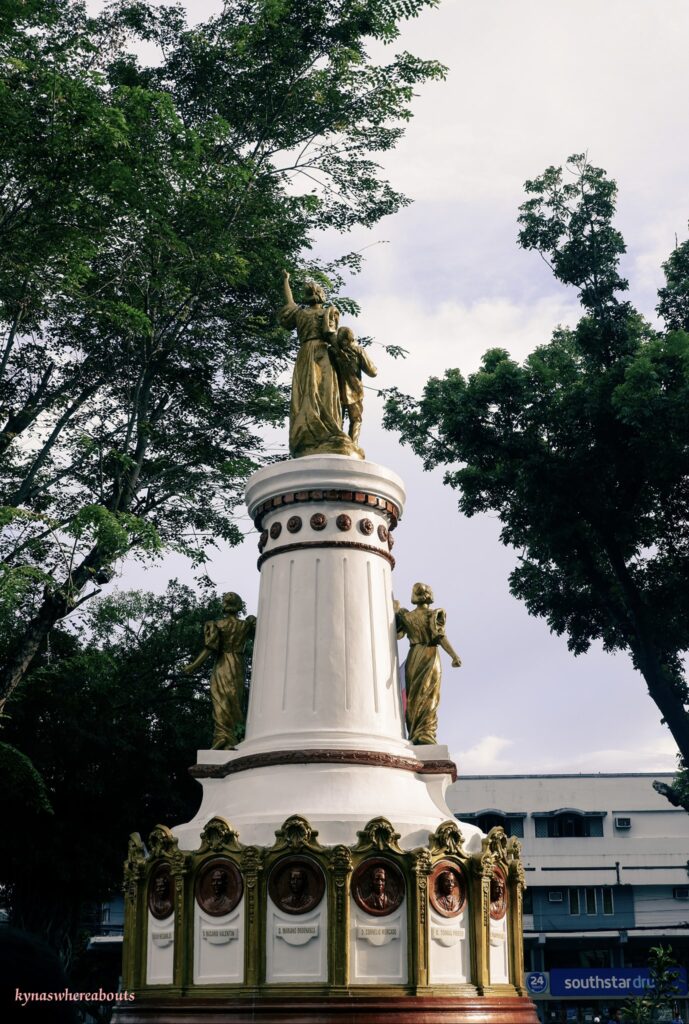
The Quince Martires Monument was built in honor of the 15 Martyrs of Bicol. 4 were tortured to death during the imprisonment, while 11 of them were imprisoned, exiled, and executed the same way and at the same place as Dr. Jose Rizal. It was on January 4, 1897, 5 days after Rizal was executed by a firing squad at Bagumbayan execution for collaborating with the Katipunan during the Philippine Revolution against Spain. The monument was erected during the American period and it served as a testament to the bravery of Bicolanos during the Revolution War against Spain.
- San Francisco Church
Location: San Francisco St. Naga City, Camarines Sur
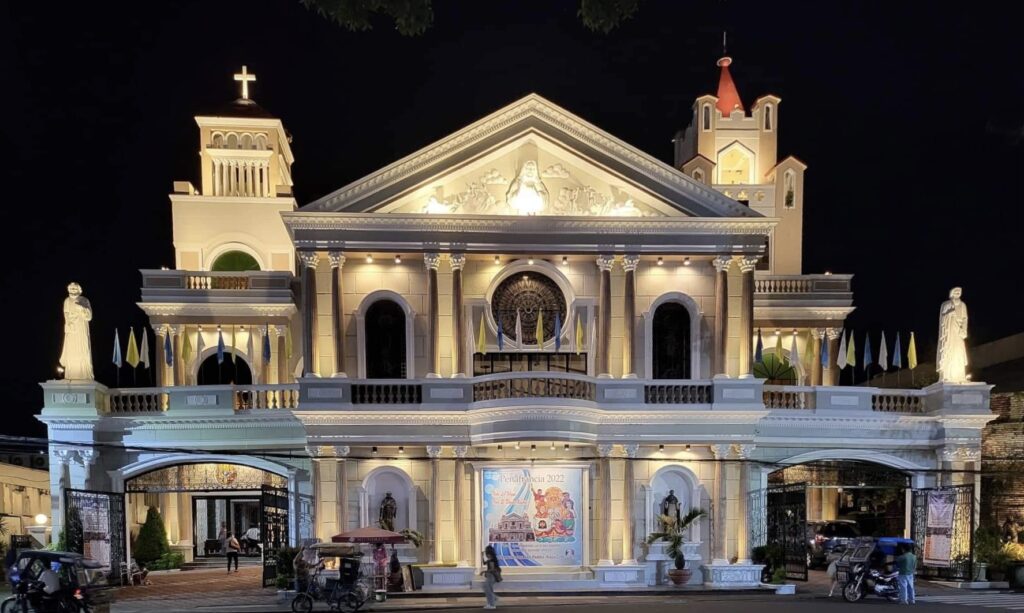
The San Francisco Church was initially built of bamboo around 1578 and was later reconstructed into a brick structure in the middle of the 17th century. It was almost destroyed during World War II and remained in ruins until it was reconstructed again in 1957. Only a small portion of the bricked belfry was left preserved on the right side of the present structure of the church.
The San Francisco Church is one of the churches that has witnessed the brutal history of how many innocent Filipinos died at the hands of Spaniards. The church itself served a dual purpose: to serve the religious needs of the people while its infirmary and basement served as an interrogation and torture room for the Filipinos suspected of being part of the revolution against the Spaniards.
- Rizal Monument
Location: Plaza Rizal
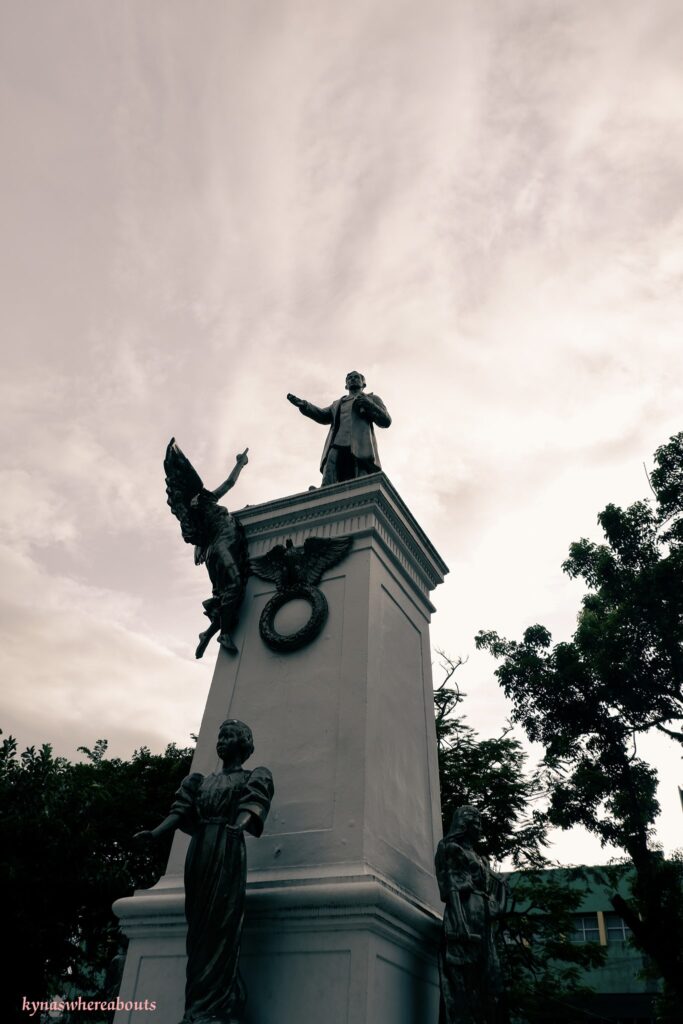
The Rizal Monument was built in honor of our national hero Dr. Jose Rizal. The design is said to be similar to the one by Italian artist Carlo Nicoli, who also created the design for Rizal Monument in Luneta but whose winning work was later disqualified due to technicalities. The Plaza Rizal serves as a freedom park as well. At night time, it is like the center for local street foods in the city.
- Oragon Monument
Location: Plaza de Nueva Caceres, Gen. Luna St. Naga City, Camarines Sur
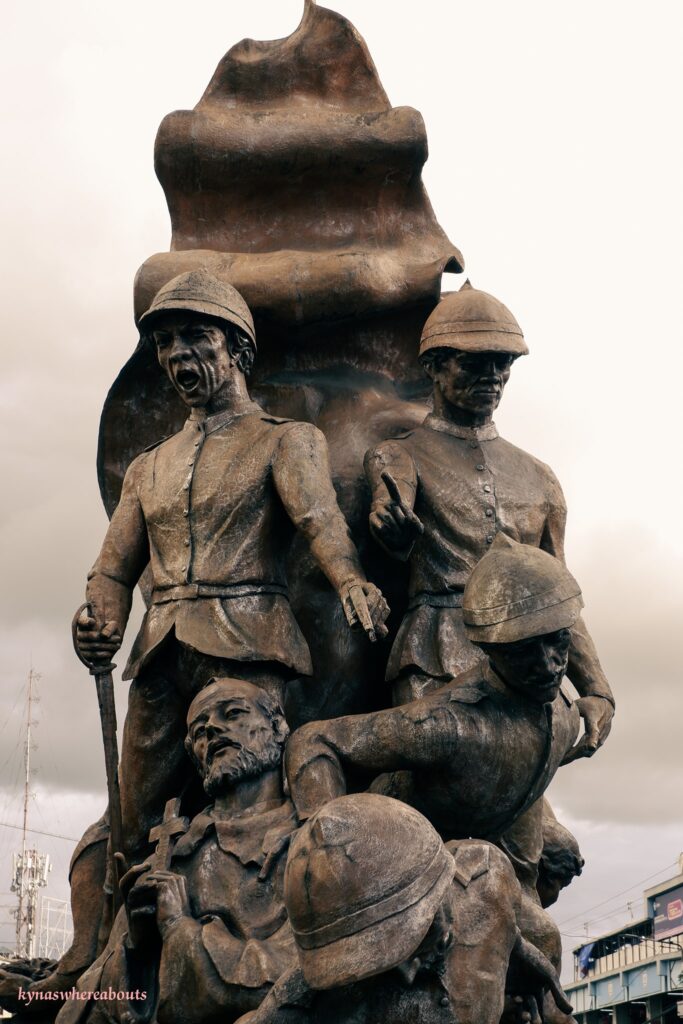
The Oragaon monument was built in time for the 62nd founding anniversary of Naga City. It commemorates the history of Nueva Caceres starting from the pre-colonial times up to the coming of the Spaniards when it was established as the third Royal City of The Philippines, after Manila and Cebu. It was crafted by Jose Barcena Jr., the grandson of Federico Barcena, the artist behind Quince Martires.
- Museo ni Jesse Robredo
Location: Naga Civic Center, Taal St. Naga City, Camarines Sur
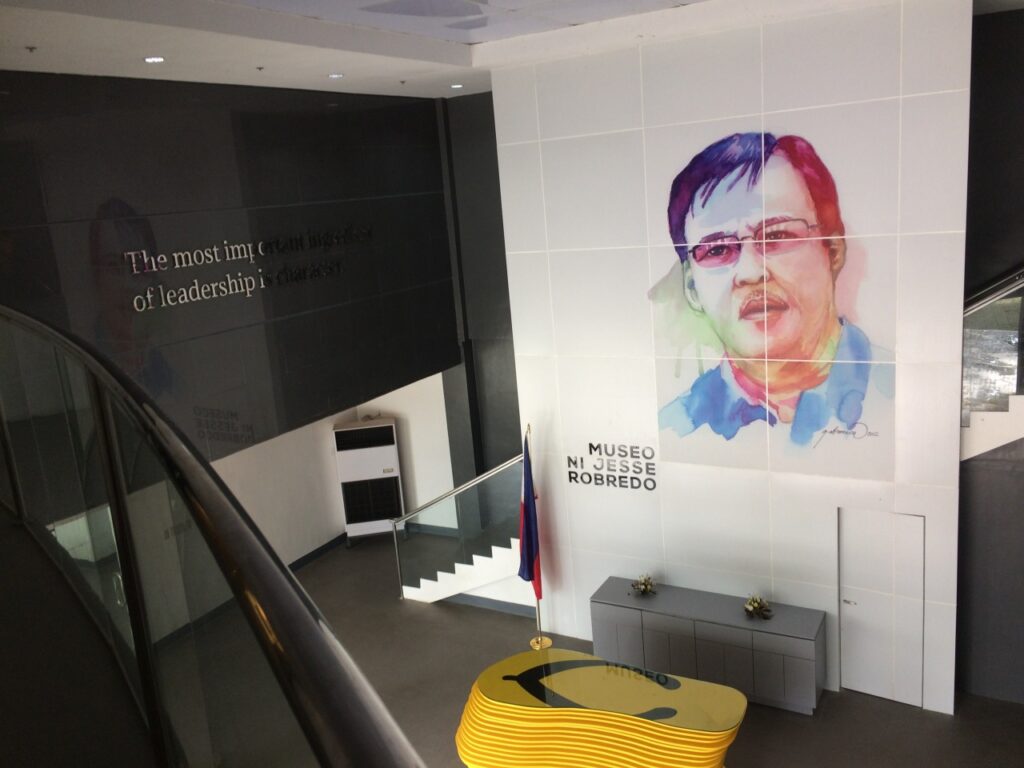
Museo ni Jesse Robredo was built by the City Government of Naga and the National Historical Commission of the Philippines (NHCP) as a tribute to honor the former Naga City Mayor and DILG Secretary Jesse Robredo. It is the first governance museum built in Bicol and Naga City, showcasing his roots, his inspiring story, his milestones, his achievements as a public servant, and the plane crash tragedy in the seas of Masbate that ended his life.
With Jesse Robredo becoming an inspiration and brand of good governance and leadership for being a humble public servant, the museum had also given Naga another tourist attraction that strongly showcases why Naga City is known as the “Center of Good Governance” aside from being dubbed as “An Maogmang Lugar” and “ A Pilgrim City”.
The museum is interactive and also includes some of his memorabilia. There is no admission fee since it is managed and maintained by the local government.
When you check in at THE LITTON HOTEL, you are accessible to almost all of these historical and pilgrimage sites. Not only do you get to stay at Naga’s newest premiere hotel with its finest facilities giving you comfort and convenience after a day of touring, but also take pride in visiting Naga’s history, culture, and heritage which played an integral role in the establishment of every Nagueno’s identity.


